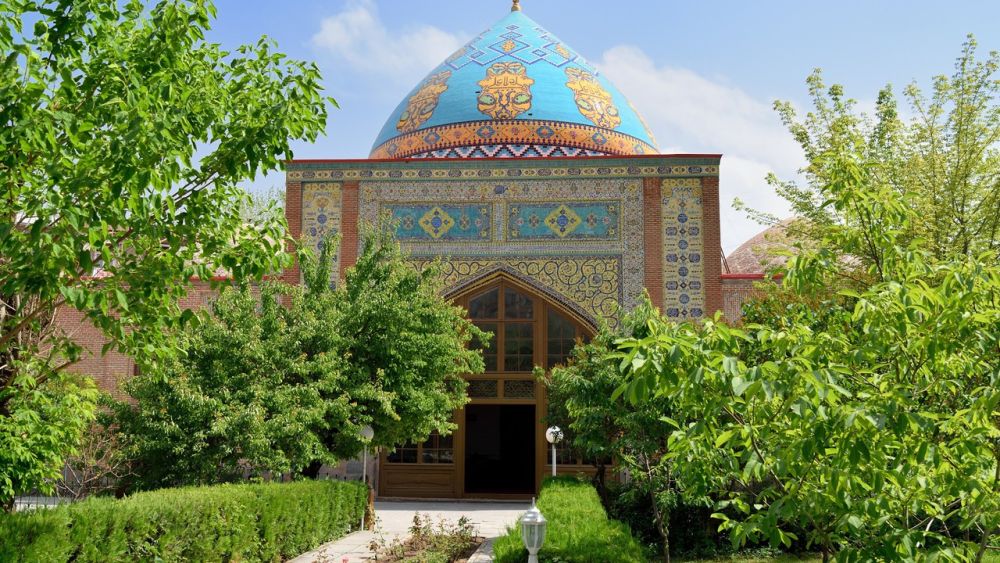

The Blue Mosque, known locally as "Kapuyt Mosk," is a splendid piece of architecture and one of Yerevan's most significant historical landmarks. It stands as a symbol of the city's rich cultural tapestry and provides insight into the Persian influence in Armenia. Its history as a tourism destination is both culturally and historically significant, attracting visitors from around the world.
Constructed in the 18th century during the reign of Nadir Shah, the Blue Mosque is the only mosque in Yerevan that has survived a series of wars and conquests. Originally, Yerevan was home to eight mosques to cater to its Muslim population during the Persian rule. However, the Blue Mosque is the only one that remains intact today, showcasing the intricate Persian architecture of that era.
The mosque's stunning architecture, characterized by its blue tile work and traditional Persian design, is a major draw for tourists. The central dome and minaret are distinctive features, and its vast courtyard, complete with a beautiful garden and fountain, offers a serene escape from the bustle of the city. The mosque's interior is equally impressive, featuring a large prayer hall and walls adorned with Quranic inscriptions and floral patterns.
The Blue Mosque began gaining prominence as a tourist destination in the 20th century, particularly after Armenia's independence from the Soviet Union in 1991. Its restoration between 1995 and 1999, with the support of the Iranian government, helped solidify its position as a cultural and historical site of interest. Visitors are drawn to its cultural significance, as well as the opportunity to learn about the Islamic heritage of Yerevan, which contrasts with the predominantly Christian background of Armenia.
In recent years, Armenia has seen a growing trend in cultural and heritage tourism, with the Blue Mosque being at the forefront of this movement. Travelers are increasingly seeking out authentic experiences that offer a connection to the history and traditions of the local area. The mosque's inclusion in city tours and its close proximity to other landmarks, such as the Republic Square and the History Museum of Armenia, makes it a popular stop for tourists.
Educational and Cultural Programs at the mosque also attract those interested in learning more about Islamic culture and interfaith dialogue. Furthermore, night-time illuminations have enhanced the mosque's visual appeal, making it an intriguing landmark to visit after dusk.
Efforts to promote sustainable tourism in Yerevan have included initiatives to preserve the Blue Mosque and its surroundings. These measures ensure that while the influx of tourists provides economic benefits to the local community, it does not compromise the integrity of this historical site. The increasing focus on responsible travel practices helps in maintaining the mosque as a cherished historical site for future generations.
With its rich history, the Blue Mosque of Yerevan remains an essential part of Armenia's tourism tapestry, inviting visitors to explore a unique blend of cultures within the heart of a modern city.